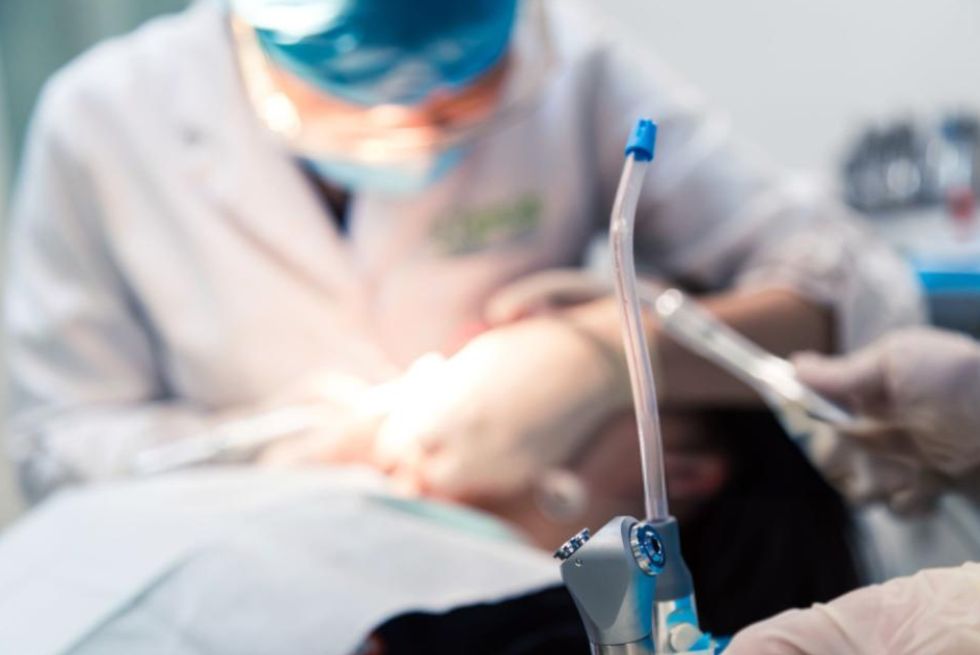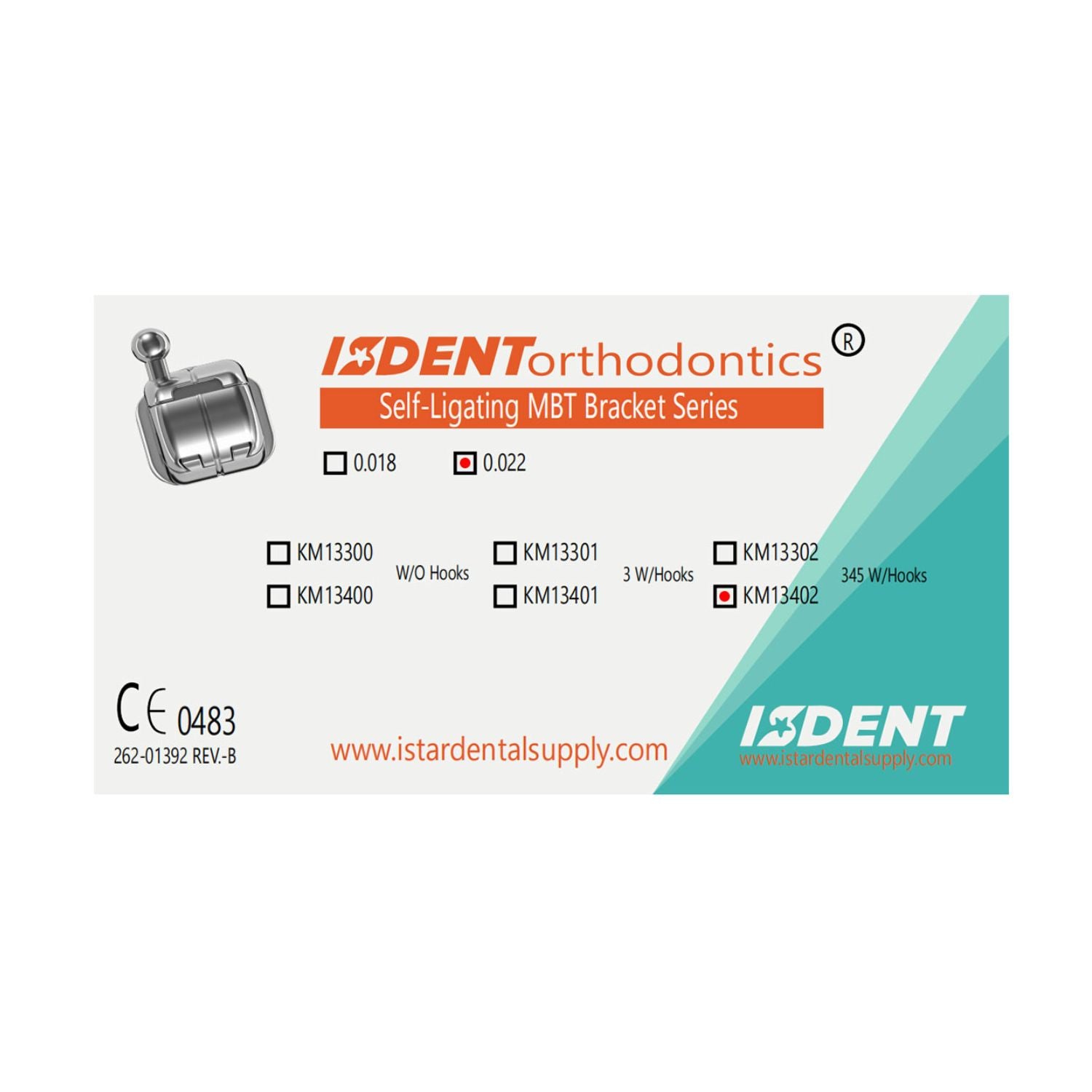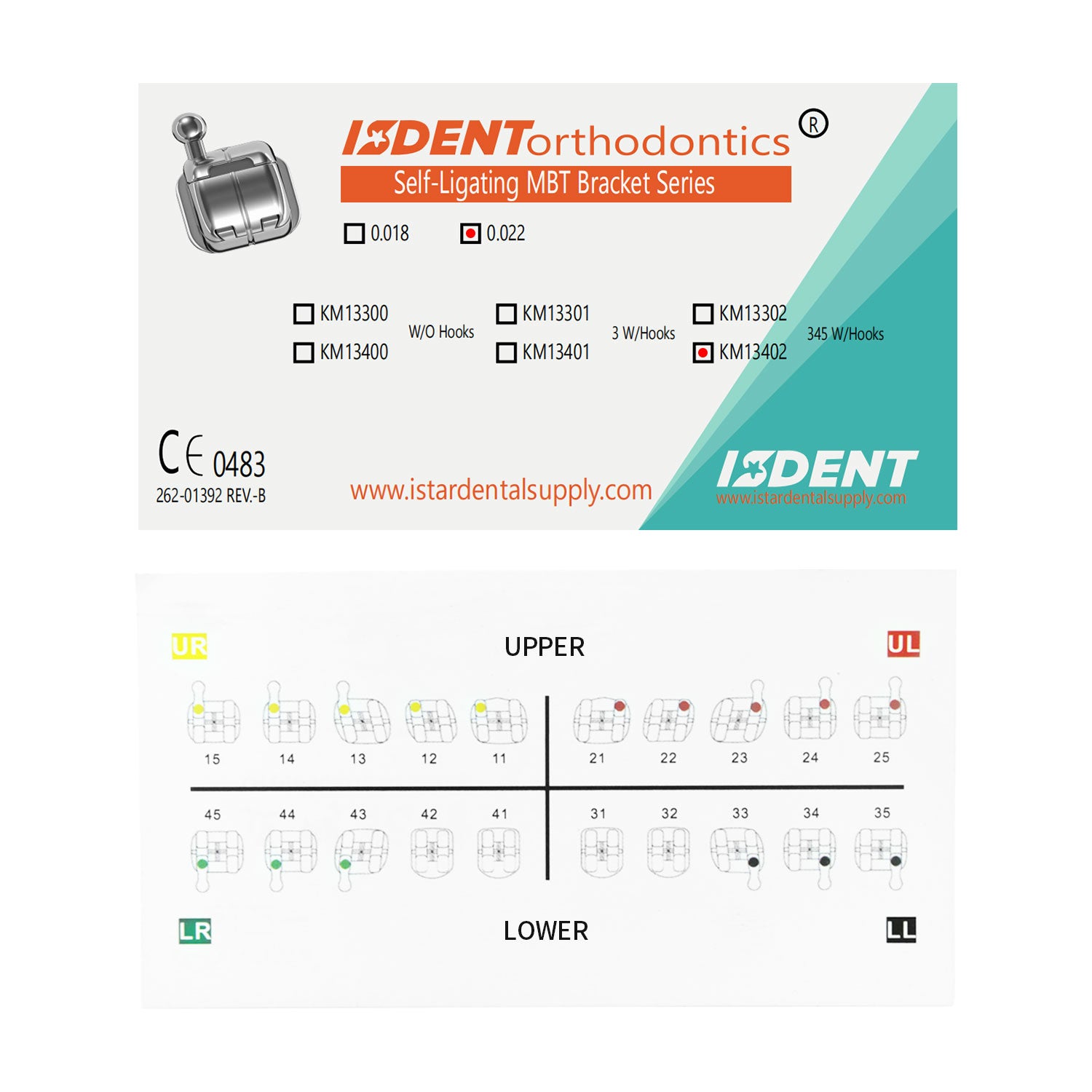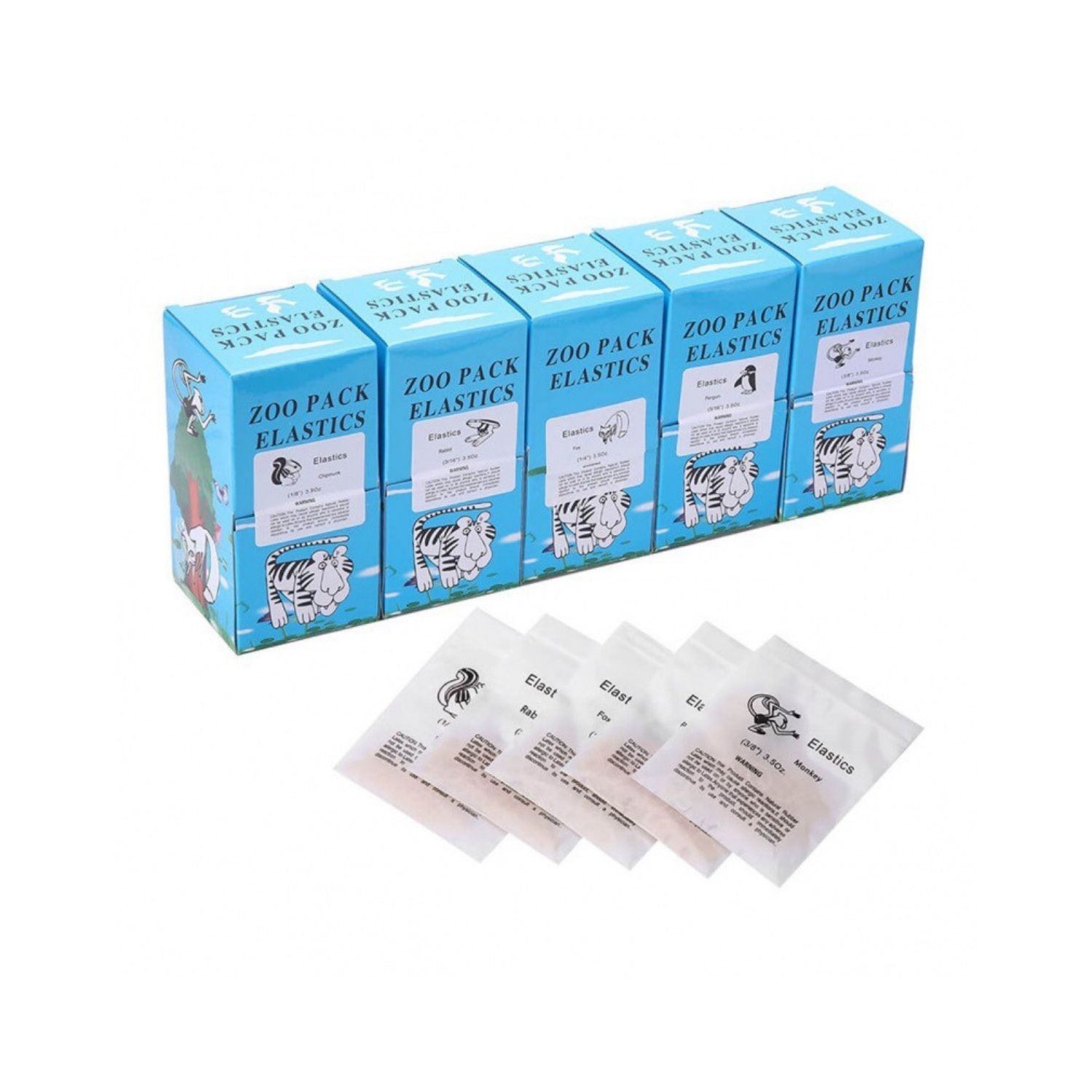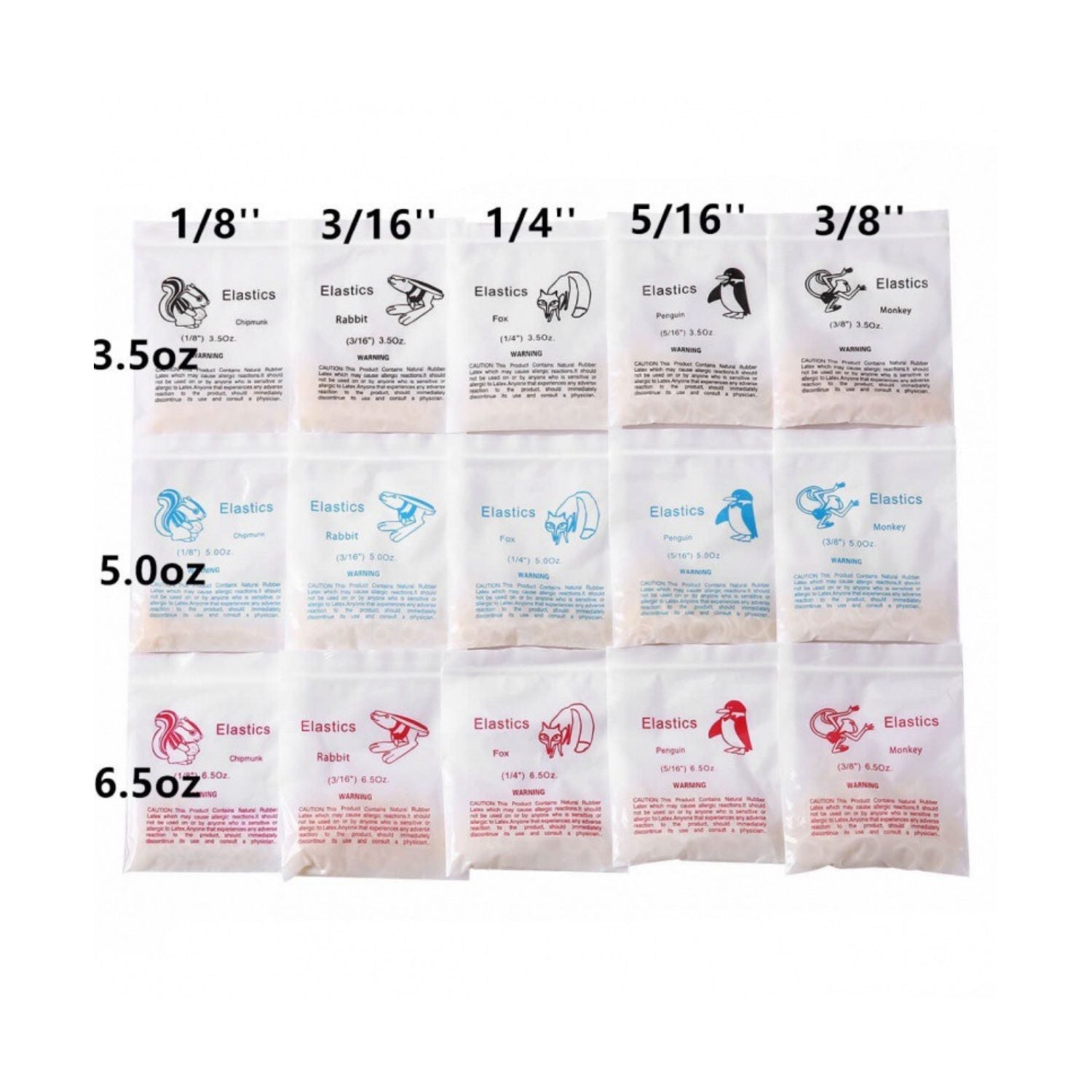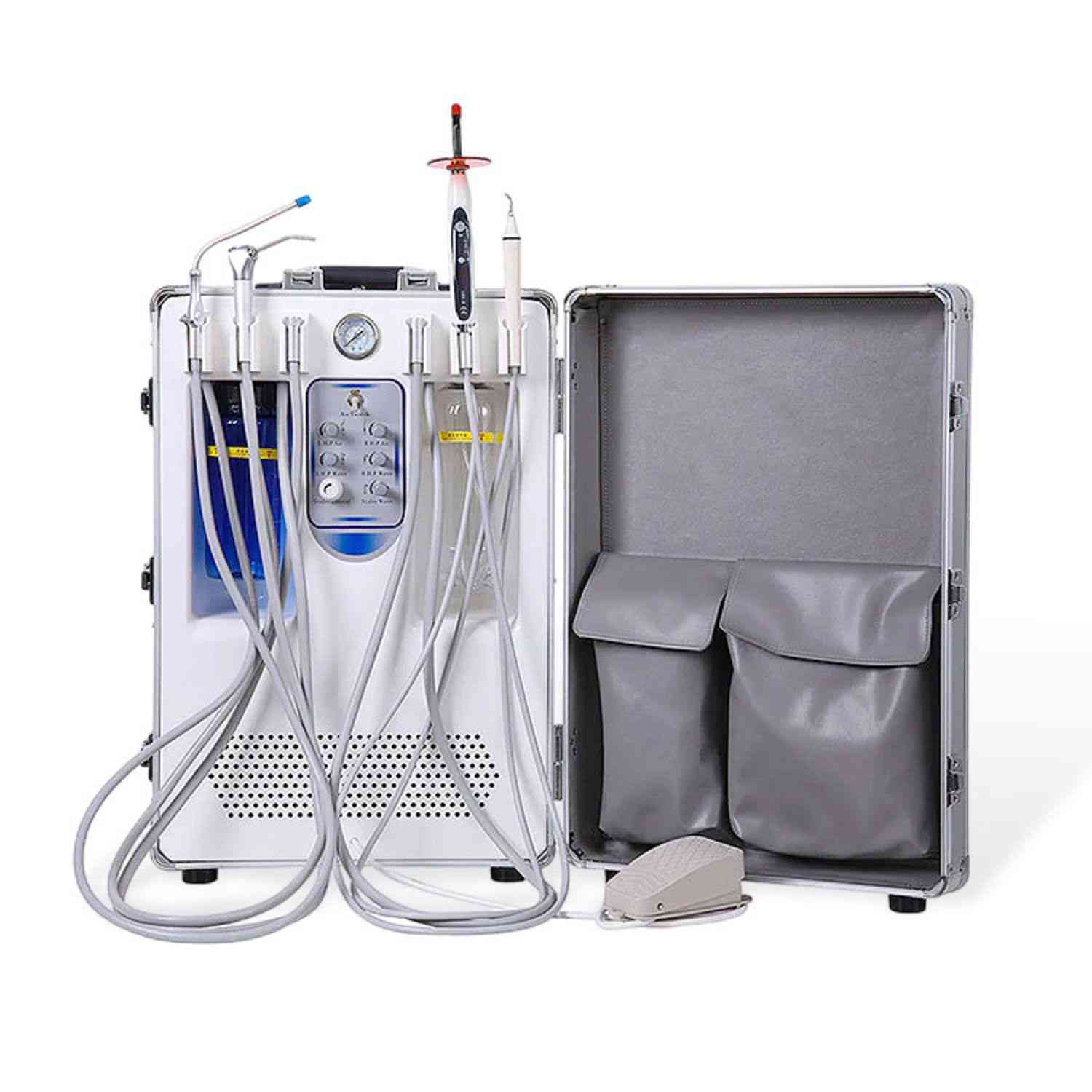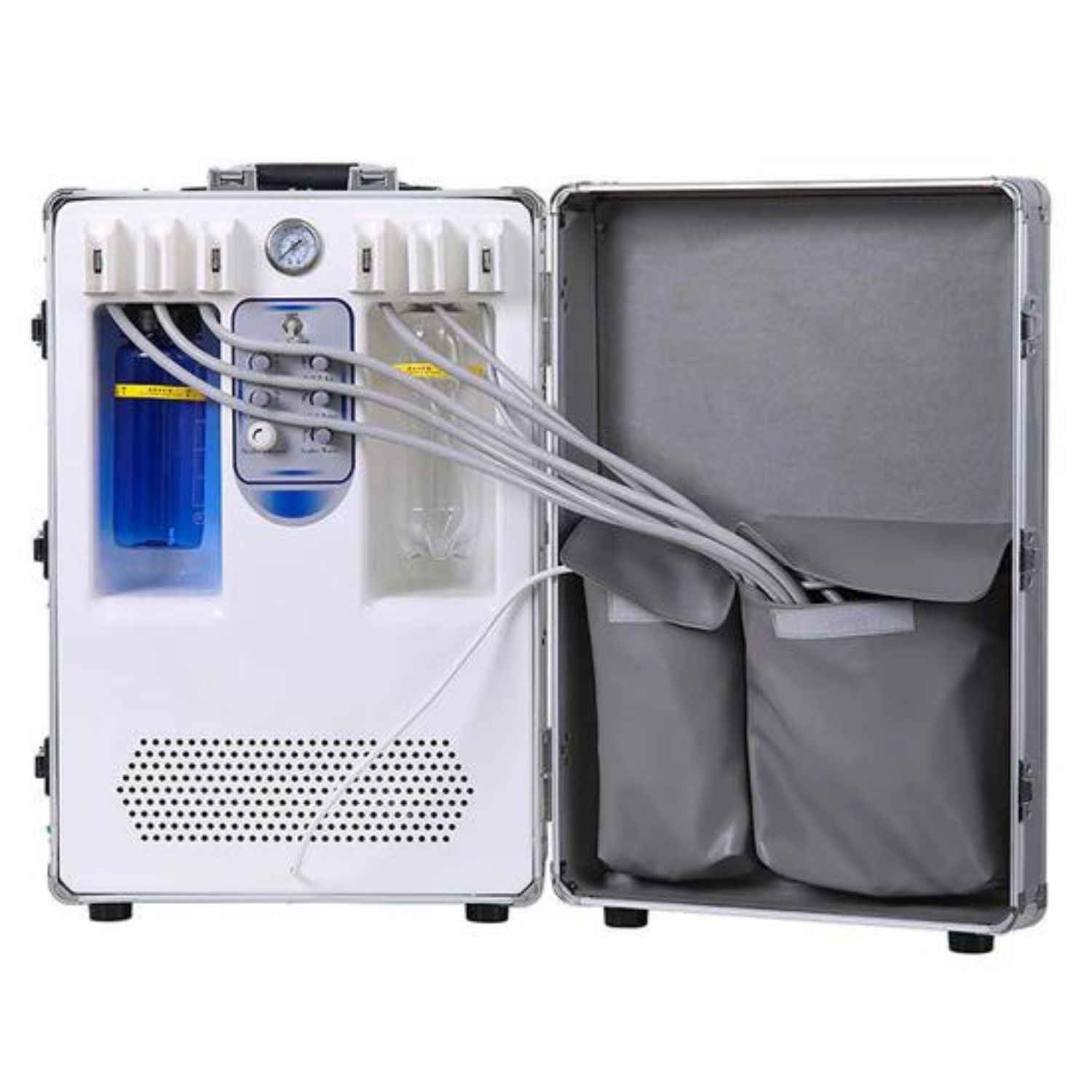The Dentist's Lifeline: Unclogging Your Dental Suction Lines - A Comprehensive Guide
This comprehensive guide is designed specifically for dentists, dental clinics, dental labs, dental hospitals and schools, focusing on the critical task of unclogging dental suction lines. We'll cover everything from identifying the signs of a blockage to practical, step-by-step solutions for restoring optimal suction. As ISTAR Dental Supply, a specialized manufacturer of dental suction systems, we understand the frustration and disruption a clogged suction line can cause. This article provides the knowledge and techniques to tackle this common problem effectively and keep your practice running smoothly.
1. Why is Unclogging Your Dental Suction Line a Top Priority?
A clogged suction line is more than just an inconvenience; it's a significant disruption to your dental practice. Effective suction is crucial for:
- Maintaining a Clear Field: Removing saliva, blood, water, and debris is essential for visibility during procedures.
- Patient Comfort: Strong suction prevents choking and discomfort for the patient's experience.
- Infection Control: Suction helps control aerosols, minimizing the risk of cross-contamination.
- Efficiency: A clogged line slows down procedures, impacting your schedule.
In short, a blocked suction line can bring your dental practice to a standstill. Promptly addressing a clog is vital for maintaining a safe and productive environment. The practitioner needs a functional system.

2. Decoding the Culprits: What Causes Clogged Dental Suction Lines?
Understanding what causes clogs is the first step. The usual suspects in suction line blockages include:
- Solid Debris: Prophy paste, amalgam particles, tooth fragments, and other solid materials are common offenders. These can accumulate, especially if the suction tubing isn't flushed regularly.
- Biofilm Buildup: Bacteria and other microorganisms form a sticky biofilm on the inner walls of the pipe, gradually narrowing the passage.
- Dried Blood and Saliva: These fluids can solidify, particularly if the evacuation system isn't flushed immediately after use.
- Amalgam particles:Pieces of old amalgam particles can easily clog the lines.
- Mercury: Mercury from the amalgam can be a problem.
Regular cleaning and maintenance are key to preventing these materials from causing a blockage.
3. The Telltale Signs: How to Recognize a Blocked Dental Suction Line
Early detection of a clog is critical. Here's how to identify a blocked dental suction line:
- Weak Suction: A noticeable decrease in suction power is the most obvious sign.
- Gurgling Noises: Unusual sounds from the suction unit indicate air pockets or a partial blockage.
- Complete Loss of Suction: Zero suction means the pipe is likely fully blocked, requiring immediate attention.
- Slow Drainage: If fluids are draining slowly, it could signal a downstream clog.
- Backflow: A faulty valve can allow backflow of fluid.
Don't ignore these warning signs. Addressing a partial blockage early is much easier.
4. Immediate Action: First Steps When You Suspect a Clog
When you suspect a clog in your dental suction line, take these immediate simple steps:
- Stop the Procedure: Stop using the affected suction line.
- Check the Obvious: Inspect the suction tubing for kinks.
- Check the Trap: Examine the disposable suction traps for excessive buildup. If it's full, replace it.
- Flush with Water: Try flushing the pipe with warm water. Do not flush water if the suction is completely blocked.
- If no water will go through the pipe then a plug is apparent.
These initial steps can often resolve minor issues.
5. The Cleaning Arsenal: Essential Tools and Solutions for Unclogging
To effectively unclog a dental suction line, you'll need the right tools:
- Evacuation System Cleaner: A specialized evacuation system cleaner is essential. Look for an enzyme-based formula.
- Warm Water: For flushing and rinsing the lines used.
- Syringe (Optional): A large syringe can be helpful for forcing water or cleaner through the pipe.
-
Shock Treatment: For stubborn clogs, a "shock treatment" with a product like Bio-Pure may be necessary. Note: Check if cleaners like Bio-Pure are compatible with the evacuation system.
Avoid using household drain cleaners.

6. Step-by-Step: A Practical Guide to Unclogging Your Dental Suction System
Here's a dental guide to unclogging your dental suction system. Always consult your manufacturer's instructions.
- Prepare the Cleaner: If using an evacuation system cleaner, mix it as directed.
- Attach to the Suction Line: Disconnect the handpiece and attach the cleaner solution to the suction pipe.
- Activate the Suction: Turn on the suction unit to draw the cleaner through.
- Let it Sit: Allow the cleaner to sit for the recommended time (usually 15-20 minutes).
- Flush with Water and recheck the trap.
- Repeat if Necessary: If the clog persists, repeat the process. For stubborn blockages, a shock treatment may be needed. This is important to eliminate any remaining debris.
7. Choosing the Right Cleaner: Navigating Evacuation System Cleaners
Selecting the correct evacuation system cleaner is crucial. Key considerations: It needs to have been tested for compatibility.
| Cleaner Characteristic | Why It's Important | What to Look For |
|---|---|---|
| Enzyme-Based | Effectively breaks down organic matter (blood, saliva, biofilm). | Products labeled as "enzymatic" or "enzyme cleaner" |
| Neutral pH | Protects metal components of the vacuum system from corrosion. | Check content label for pH information (around 7) |
| Compatibility | Ensures the cleaner won't damage your specific evacuation system components. | Consult your system's manufacturer; disinfectants are compatible with most systems. |
| Non-Foaming | Prevents air pockets that can reduce suction effectiveness. | Products labeled as "non-foaming" |
| No Chlorine | Chlorine-based products can cause corrosion and damage. | Avoid products containing chlorine. |
| Another option | Tricom dental products offer another choice in cleaners. | |
| Vacushock | It's very powerful and made to eliminate clogs. | |
| Bio-Pure | Bio-pure is a good choice. | |
| Compatible | Make sure disinfectants are compatible. |
ISTAR Dental Supply offers compatible solutions.
8. Beyond Cleaning: Disinfection and Prevention of Future Clogs
While unclogging is essential, preventing future clogs is even better. This involves both cleaning and disinfection:
- Regular Cleaning: Flush the pipes with water after each patient and use an evacuation system cleaner daily.
- Disinfection: Use a dental disinfectant to kill microorganisms. Follow disinfection instructions.
- Proper Technique: Educate your staff on proper suction techniques to minimize debris. Remind them to avoid having patients close their lips around the saliva ejector, as this can create backflow. Especially relevant for the hygienist.
- Maintenance Schedule: Establish a regular maintenance schedule for your entire evacuation system, including pump inspection and valve checks.
- Suction lines in the hygiene: Make sure to clean or disinfect those lines too. The lines used for the saliva ejector also need attention. Low-volume suction lines used are particularly prone to issues. Pay attention to the lines in the hygiene treatment rooms.
- Prevent contamination and cross-contamination.
A proactive approach will reduce clogs.
9. Disposal Done Right: Handling Used Suction Traps and Amalgam
Proper disposal of used suction traps and amalgam waste is crucial:
- Disposable Traps: Dispose of the traps according to your local regulations.
- Amalgam Separators: You are required to have an amalgam separator to capture amalgam particles and prevent mercury from entering the wastewater.
- Amalgam Recycling: Contact a certified amalgam recycler to properly dispose of collected waste.
Never dispose of amalgam down the drain.
10. When to Call the Experts: Troubleshooting and Professional Help
While many clogs can be resolved, some situations require professional assistance:
- Persistent Clogs: If you've tried multiple cleaning attempts and the clog remains, it's time to call a technician.
- Pump Problems: If you suspect a problem with the suction pump itself (e.g., unusual noises, weak suction even after cleaning), contact a qualified service provider.
- System Malfunctions: Any other unusual behavior should be investigated.
- Installation: New equipment may require professional installation.
- If your portable dental unit is experiencing issues.
- If you need to run the system running constantly.
ISTAR Dental Supply specializes in dental suction manufacturing. We offer a range of high quality portable dental suction units. We have solutions for every dental clinic. Contact us today, and we'll highlight our options. Or review our Dental Suction units. We provide solutions for dental economics. You can also find useful content on Dental Economics.
FAQs
-
Can I use a household drain cleaner to unclog my dental suction line?
Absolutely not. Household drain cleaners can damage your dental suction system.
-
How often should I replace my disposable suction traps?
Disposable suction traps should be replaced regularly, typically weekly. Follow your local regulations.
-
Why does my suction keep clogging even after cleaning? This could be a faulty valve or significant biofilm. It could be you have incompatible products that cause a reaction.
-
What's the difference between cleaning and disinfecting my suction lines?
Cleaning removes visible debris, while disinfecting kills microorganisms. Both are essential.

